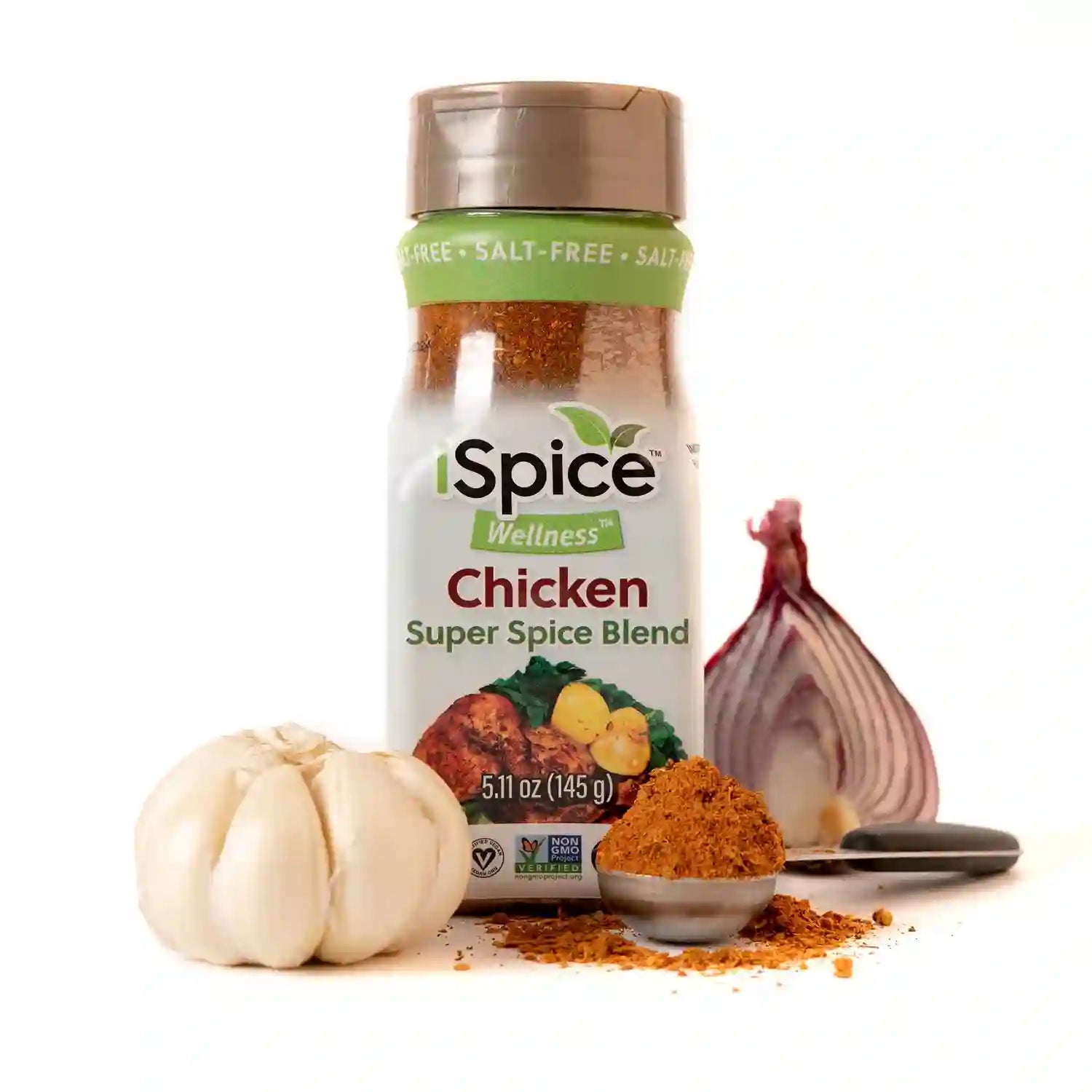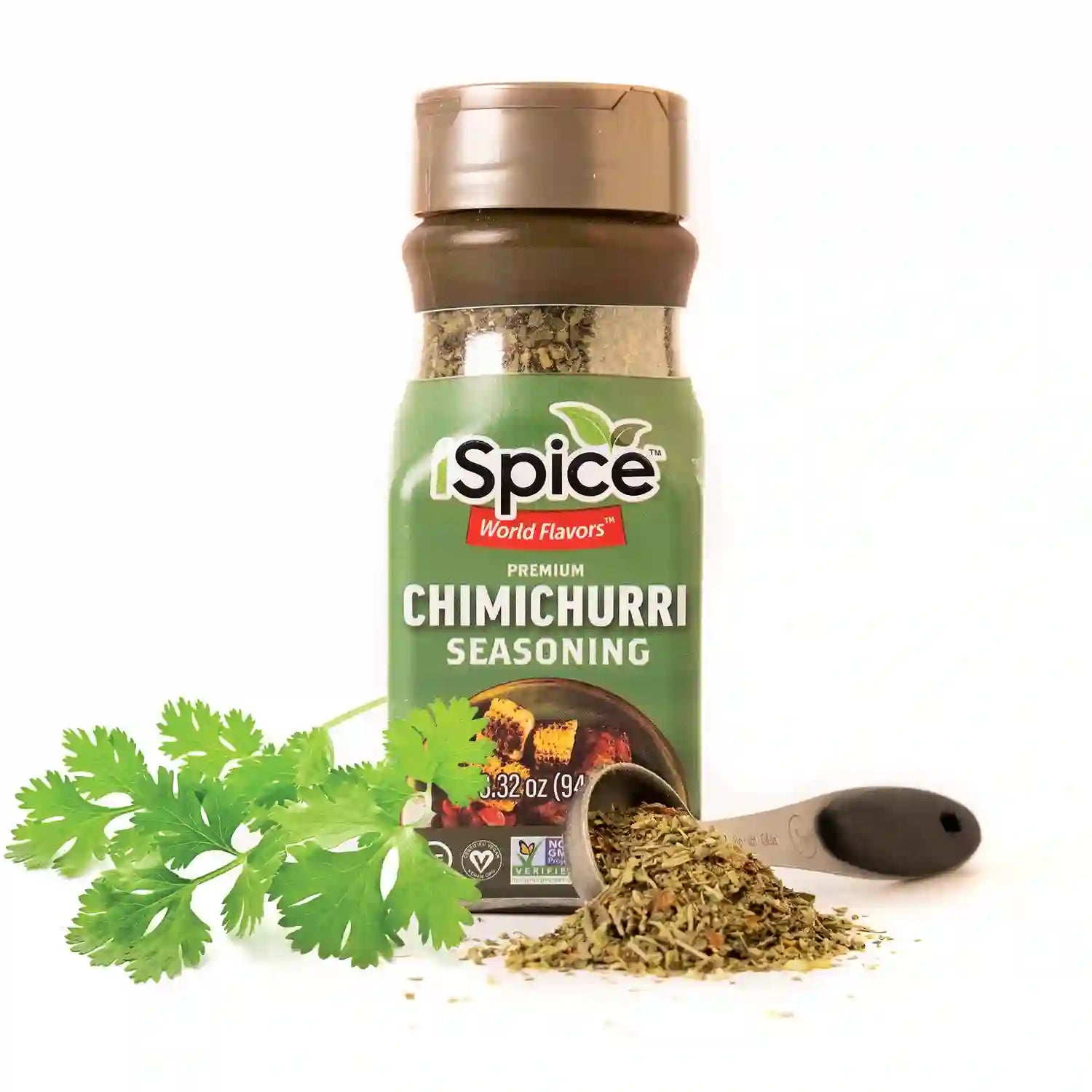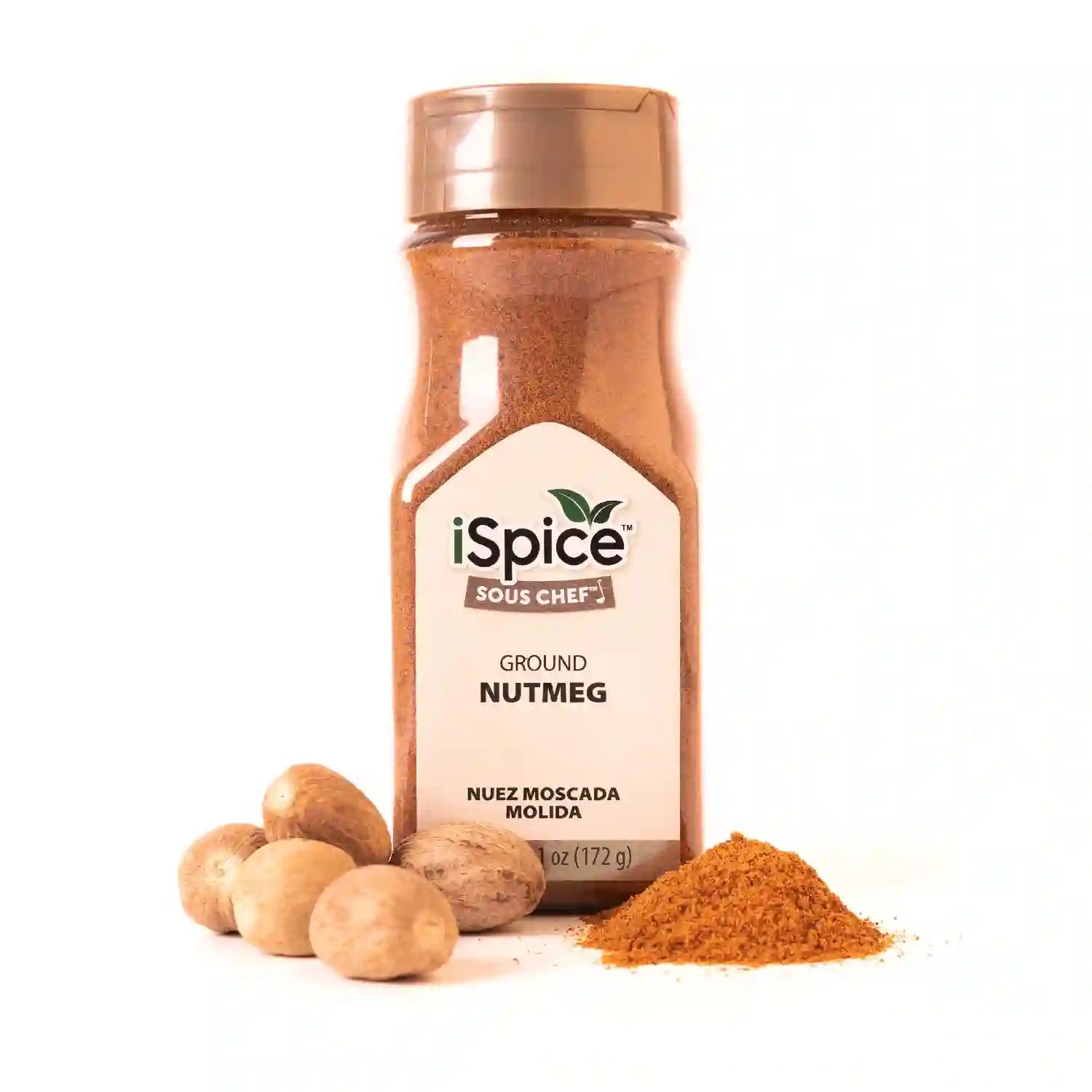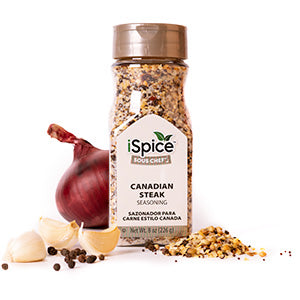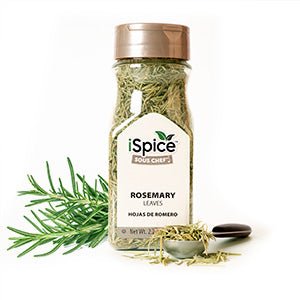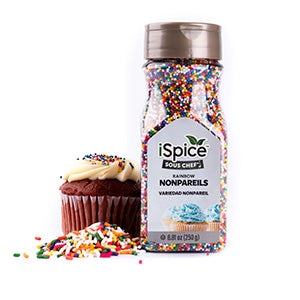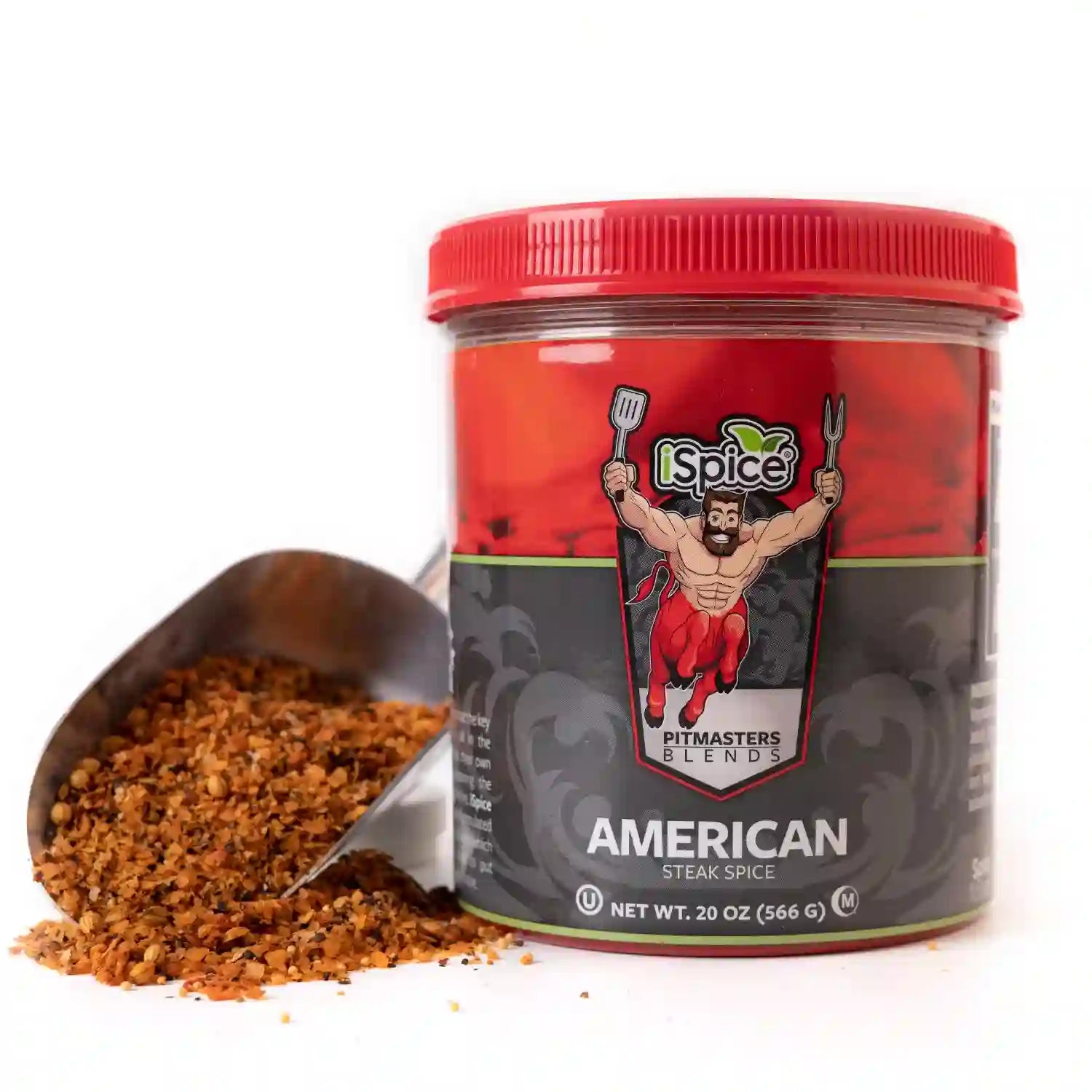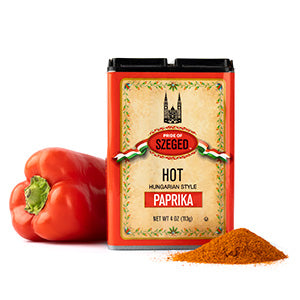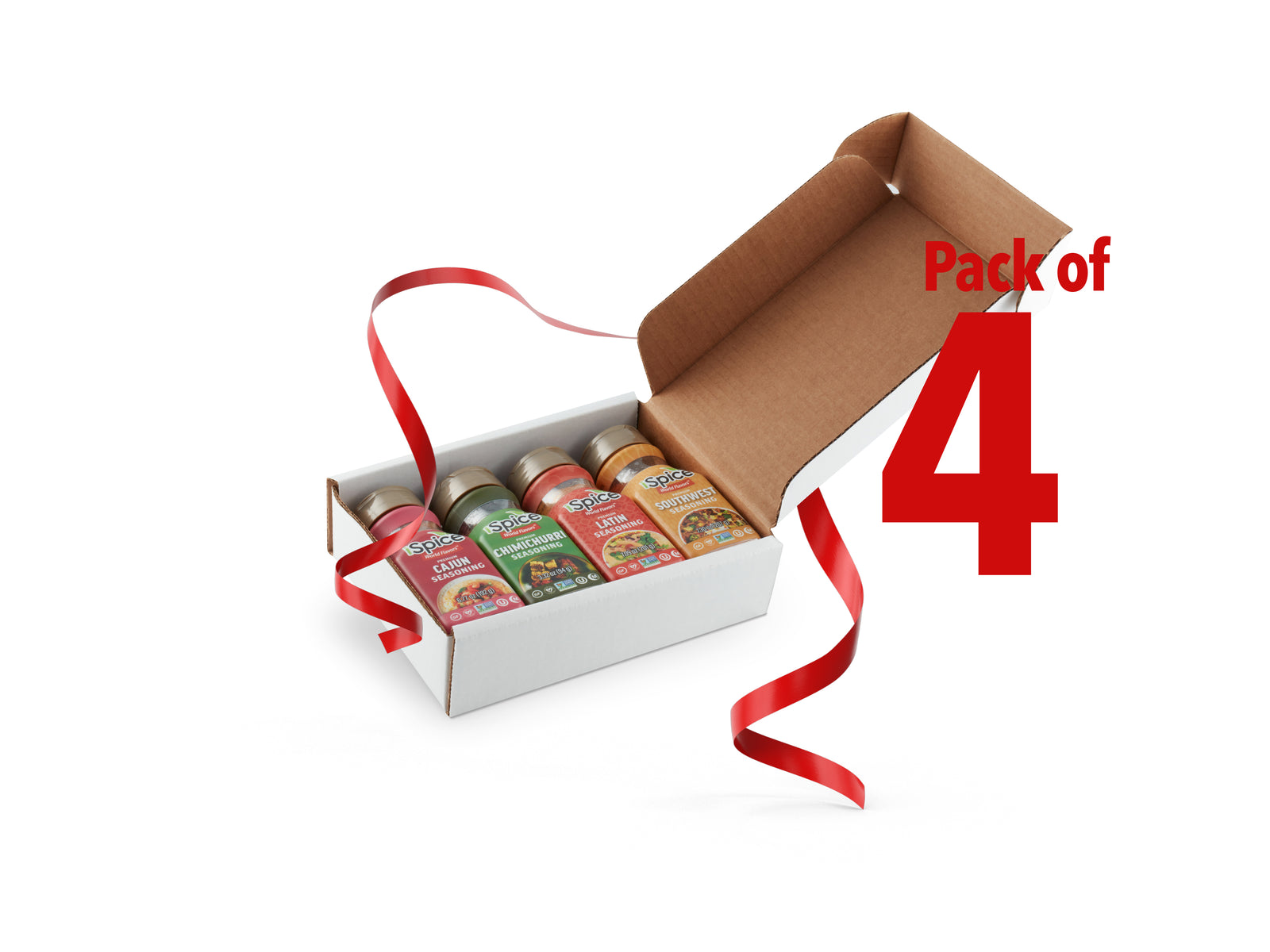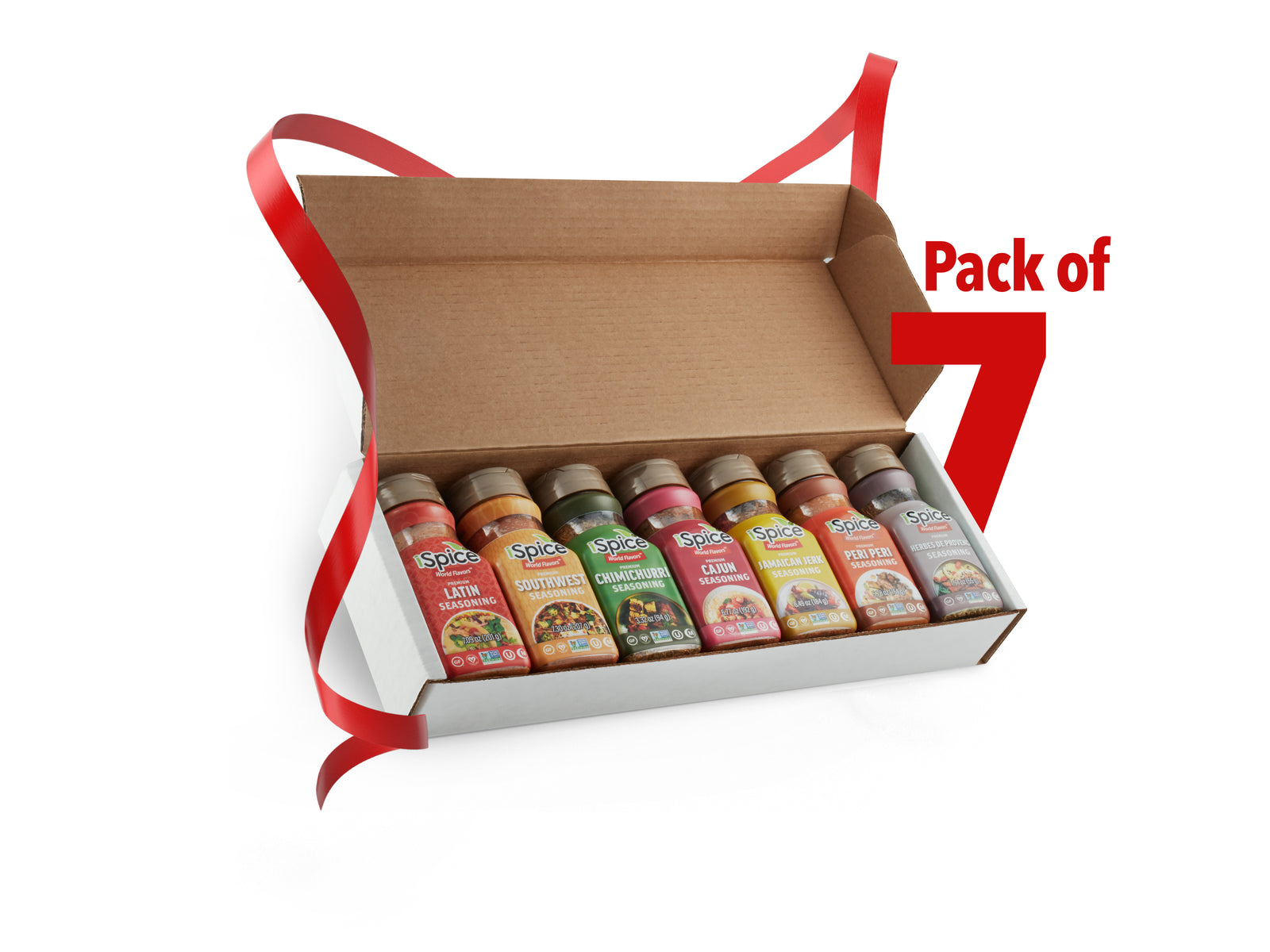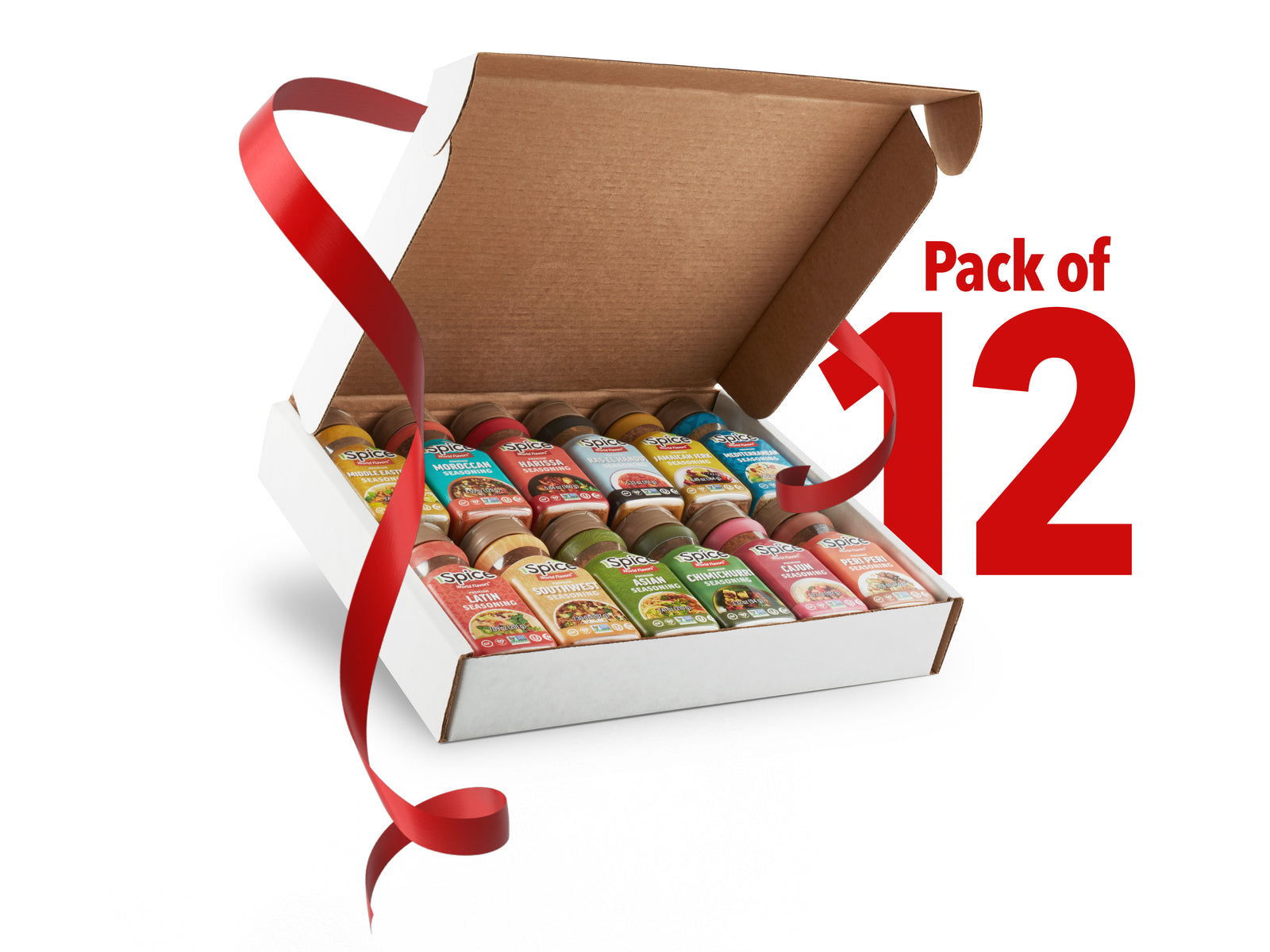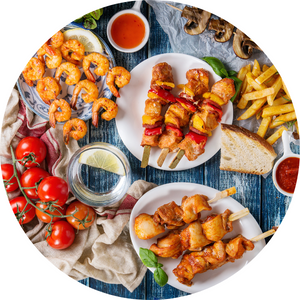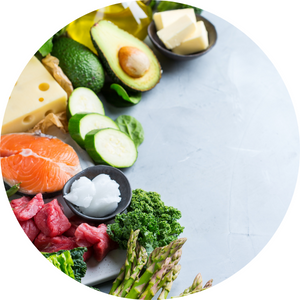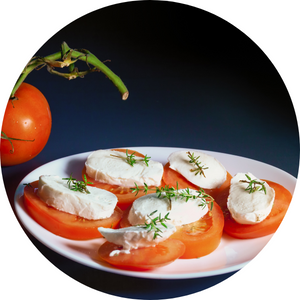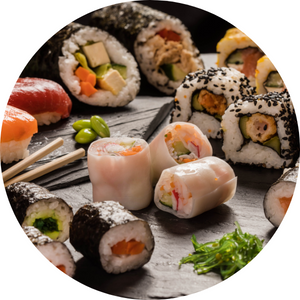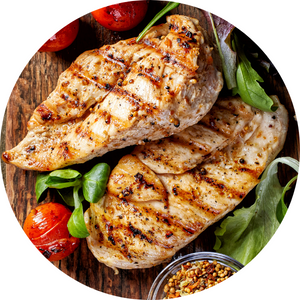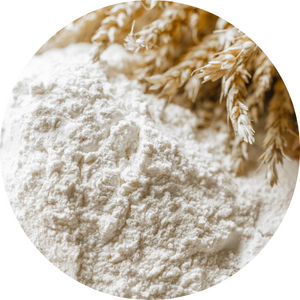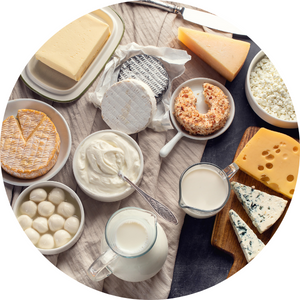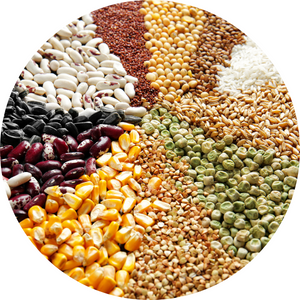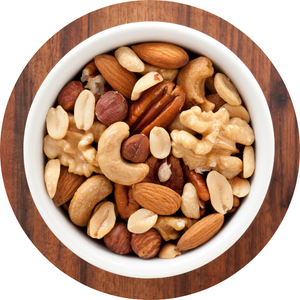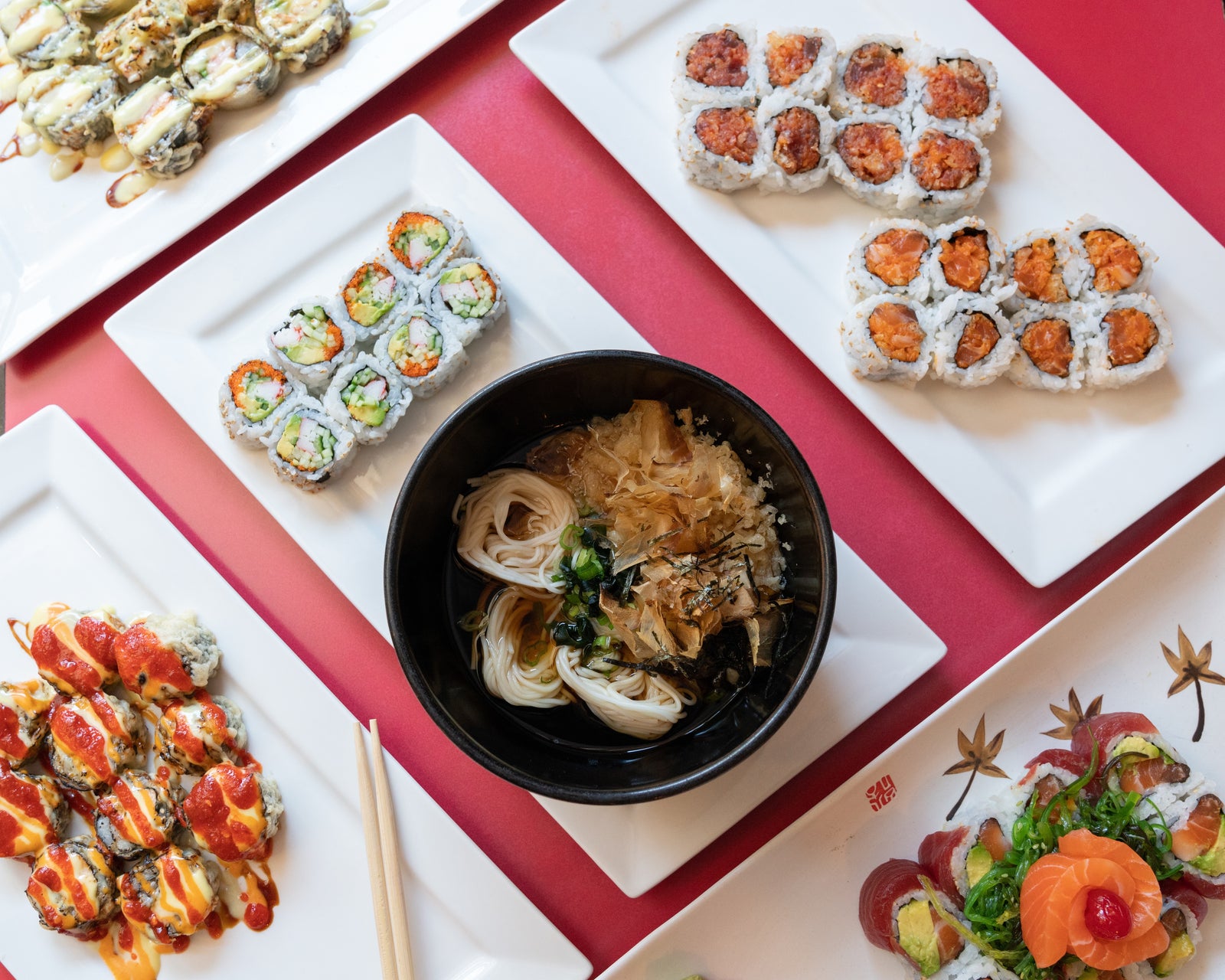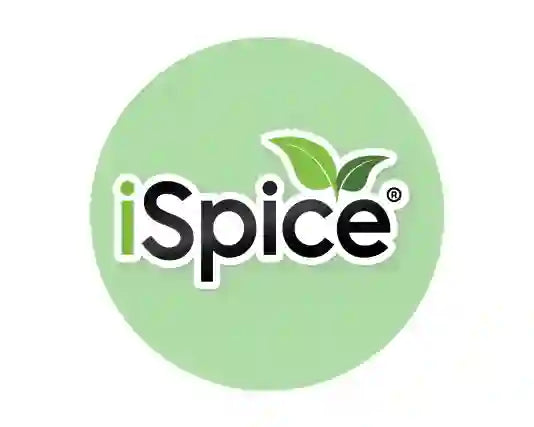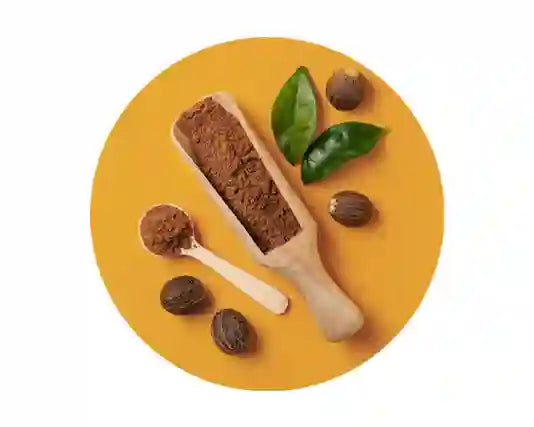
A well-organized spice collection can completely transform your cooking routine. Whether you have a large kitchen or a small countertop, properly storing your spices and herbs saves time, reduces clutter, and keeps your seasonings fresh longer. Creating your own DIY spice jars is a simple, affordable way to bring both style and efficiency to your kitchen.
From labeling systems to storage ideas, a few smart strategies can help you quickly find the spice you need—right when you need it.
Why Organized Spice Storage Matters
Disorganized spice shelves often lead to duplicate purchases, forgotten ingredients, and wasted space. Having your spices clearly labeled and neatly arranged allows you to:
-
Cook faster and more efficiently.
-
Keep your seasonings fresher for longer.
-
Easily track what needs restocking.
-
Add a decorative, cohesive look to your kitchen.
When your spices are visible and accessible, meal prep becomes smoother and more enjoyable.
Choosing the Right Spice Jars
1. Material:
Glass jars are the most popular option because they preserve aroma and make contents easy to see. You can also use stainless steel or clear plastic jars depending on your kitchen aesthetic.
2. Size:
Select jar sizes that match how often you use certain spices. Smaller jars work best for rarely used seasonings, while larger ones are ideal for staples like salt, pepper, or paprika.
3. Airtight Lids:
Ensure your jars have airtight seals to protect spices from moisture, light, and air—all of which can weaken flavor over time.
4. Uniform Shape:
Using jars of the same size or shape makes stacking, labeling, and organizing much easier.
Labeling and Categorizing Your Spices
1. Create Clear Labels:
Use printed or handwritten labels for each spice. Include both the spice name and the purchase or refill date to track freshness.
2. Group by Category:
Organize spices into sections such as:
-
Savory Blends: Garlic powder, onion powder, paprika.
-
Sweet Spices: Cinnamon, nutmeg, allspice.
-
Global Flavors: Curry powder, chili powder, garam masala.
-
Dried Herbs: Basil, oregano, thyme, parsley.
3. Alphabetize or Color-Code:
For even easier access, arrange your jars alphabetically or by color of contents. Alphabetical sorting works well if you have a large variety of spices.
Storage Ideas for Efficiency
1. Drawer Inserts:
Lay spice jars flat in a drawer with angled inserts so labels are visible. This keeps countertops clear while allowing instant access.
2. Magnetic Spice Racks:
Mount magnetic jars on a wall, refrigerator, or backsplash to save space and create a clean, modern look.
3. Tiered Shelves:
Use tiered shelving to make every spice visible, even those stored at the back of your cabinet.
4. Pull-Out Spice Cabinets:
Install a narrow pull-out cabinet near your stove or prep area. It’s a great way to keep your most used spices within reach.
5. Lazy Susan Turntables:
Place round trays in pantry corners or cupboards to easily spin and access spice jars.
Maintaining Your Spice Collection
-
Refill regularly: Replace spices every 6–12 months for maximum freshness.
-
Wipe jars clean: Remove any residue or oil buildup that may affect labels or flavor.
-
Keep away from heat and sunlight: Store spices in a cool, dark area to preserve color and aroma.
-
Review inventory seasonally: Check expiration dates and replace faded or clumped spices.
Frequently Asked Questions About DIY Spice Jar Organization
1. How should I label my spice jars?
Use waterproof or oil-resistant labels with clear fonts. Include the spice name and refill date for easy tracking.
2. What’s the best way to store spices for freshness?
Keep spices in airtight containers away from light, heat, and humidity. Cabinets or drawers near prep areas work best.
3. Can I reuse old spice jars?
Yes. Wash and dry them thoroughly before refilling. Remove old labels to avoid confusion and ensure freshness.
4. How often should I replace my spices?
Ground spices typically last 6–12 months, while whole spices can remain potent for up to two years if stored properly.
5. Should spices be kept near the stove?
Avoid storing spices directly above or next to the stove, as heat and steam can reduce their flavor and shelf life.
6. What’s the most efficient way to arrange spices?
Group spices by category, use uniform jars for consistency, and store them in drawers, racks, or tiered shelves for easy visibility.
Final Thoughts
Organizing your kitchen with DIY spice jars not only improves efficiency but also brings a touch of order and style to your cooking space. With clear labels, airtight containers, and a thoughtful layout, you can make meal prep faster, cleaner, and more enjoyable. A well-arranged spice system keeps your herbs and seasonings ready for every dish you create.

